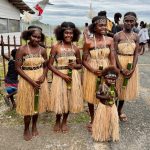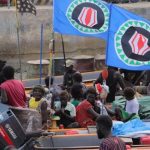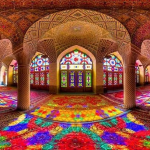On 4th June 2025, a new “Trump Travel Ban” was announced, under which President Donald Trump has effectively banned nationals from 13 countries and imposed severe restrictions on travellers from six others.
As is often the case with developments like this, there’s currently a lot of fear and, indeed, misinformation about what it actually means for travellers. That’s where YPT comes in: we’re here to cut through the noise and clarify the situation.
What is the new Trump Travel Ban?
The US travel ban, originally introduced under the Obama administration, continues to affect travelers from a select group of countries. The most recent update, announced in June 2025, divides affected nations into two groups: those under a full entry ban and those facing partial restrictions.
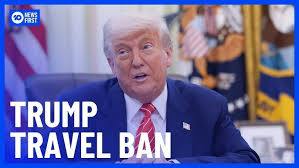
Countries Fully Banned for US Visas
If you hold citizenship from any of the following countries, you currently cannot obtain a US visa, with very limited exceptions:
Afghanistan
Burundi
Chad
Republic of the Congo
Equatorial Guinea
Eritrea
Haiti
Iran
Libya
Myanmar
Somalia
Sudan
Yemen
This ban applies to all visa categories: tourist, student, and immigrant alike. The restrictions come into effect on 9th June 2025 and are officially aimed at addressing security and vetting concerns.
Interestingly, YPT run tours to every one of these countries.
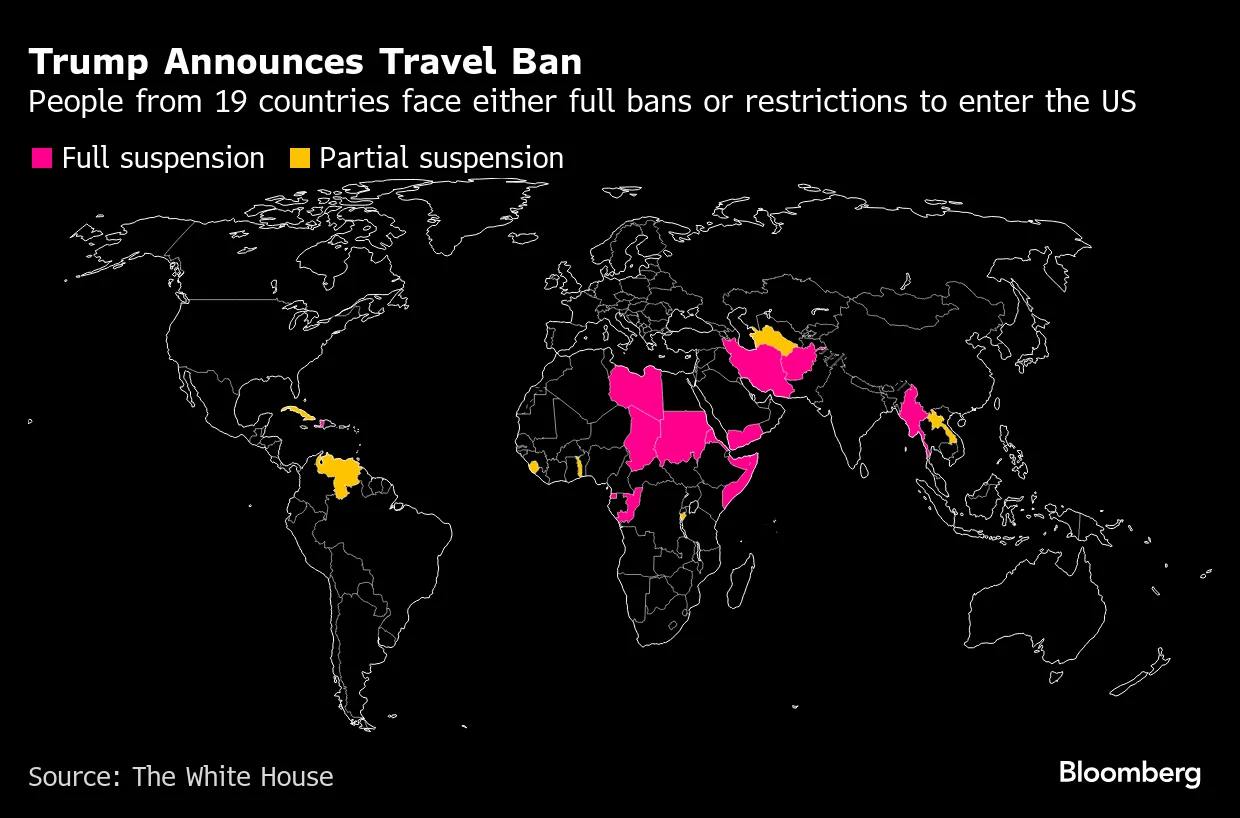
Countries with Partial Restrictions on US Visas
Travellers from these countries may still apply for certain US visas but should expect enhanced scrutiny and longer processing times:
Cuba
Laos
Sierra Leone
Togo
Turkmenistan
Venezuela
Partial restrictions usually mean extra paperwork, more rigorous interviews, and a longer wait. If you’re from one of these countries, plan accordingly when applying for a visa.
Again, YPT runs tours to every one of these destinations as well.
What does it mean?
Put simply, if you’re from one of the fully banned countries, you can no longer get a US visa for tourism, business, or study. If you’re from one of the partially restricted nations, it’s more or less the same, though you might get lucky with an exception.
Why has the US done this? Officially, it’s about national security. Unofficially, it’s also tied to concerns that many travellers from these countries overstay their visas. This is why it seems strange to see Laos, Haiti, or Myanmar for example, unless of course you understand the context.
For YPT travellers, this won’t really affect you, unless you happen to be from one of these countries and are planning to join our Least Visited Countries Tour which goes through Guam.
If I have been to a country on the Trump Travel Ban, can I still go to America?
In short: yes, usually. This policy targets nationals of certain countries, not travellers who have merely visited them. It doesn’t automatically affect your eligibility for an ESTA (Electronic System for Travel Authorization).
That said, the ESTA system has its own rules, and there’s some overlap when it comes to certain destinations.
What is the crossover with ESTA?
If you’ve been to any of the following countries, you’re no longer eligible for an ESTA and must instead attend an in-person visa interview at a US embassy or consulate:
- Iran
- Iraq
- Libya
- Somalia
- Sudan
- Syria
- Cuba
- North Korea
- Yemen
Therefore while nationals of Haiti or Myanmar cannot now get a visa to enter the USA, foreign travelers to the US who have been to Haiti, or Myanmar still qualify for an ESTA.
Want me to really screw with your head on this though? A North Korean can still get a visa for the US, although foreigners who have been to North Korea will no longer be entitled to an ESTA. Oh, and US nationals who travel to North Korea can then have their passport confiscated by Uncle Sam.
Conclusion on the Trump Travel Ban
Bottom line: unless you’re from one of the 19 countries listed above and planning to travel to the United States, this travel ban won’t affect you.
But as with everything in politics, who knows what the future holds…



